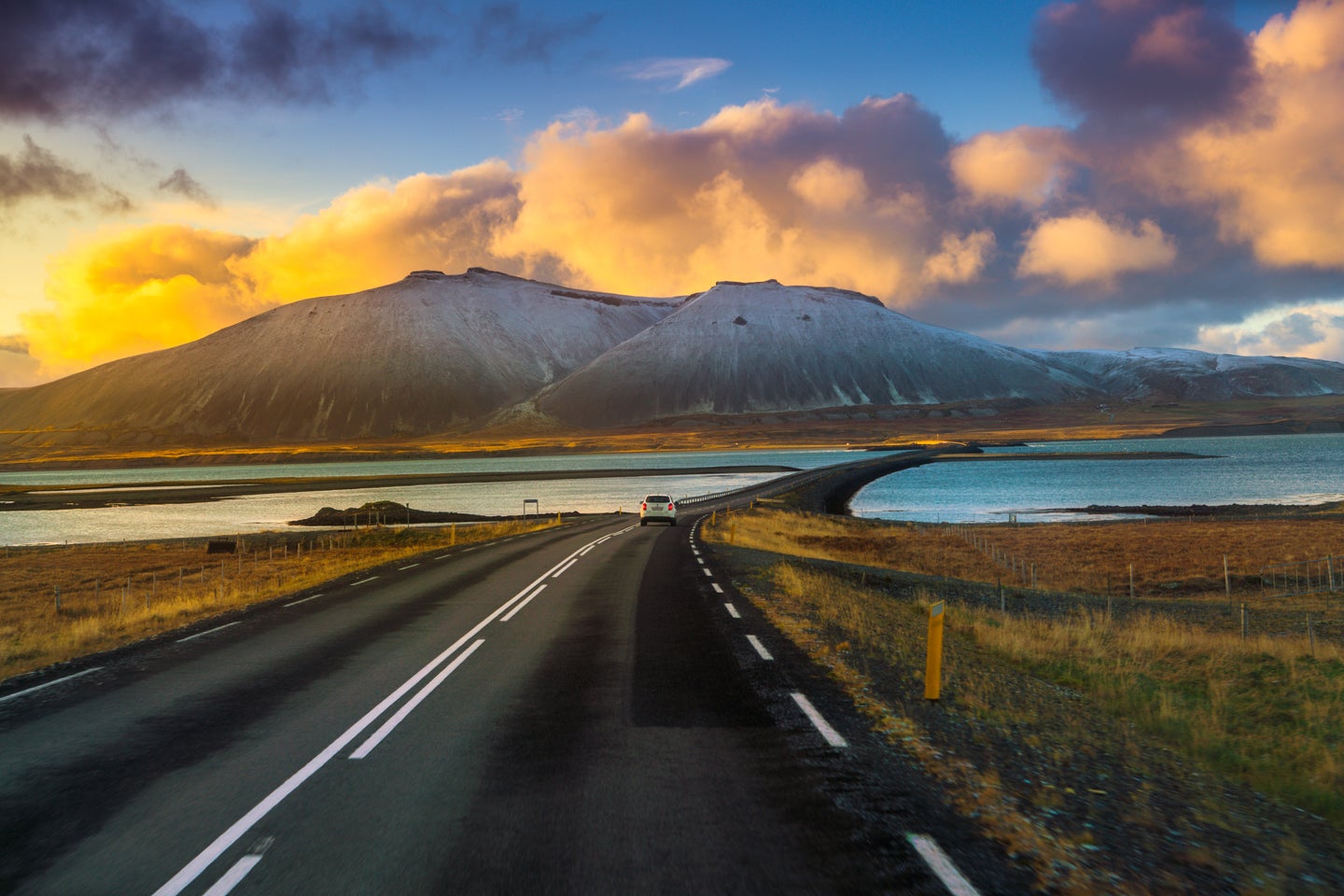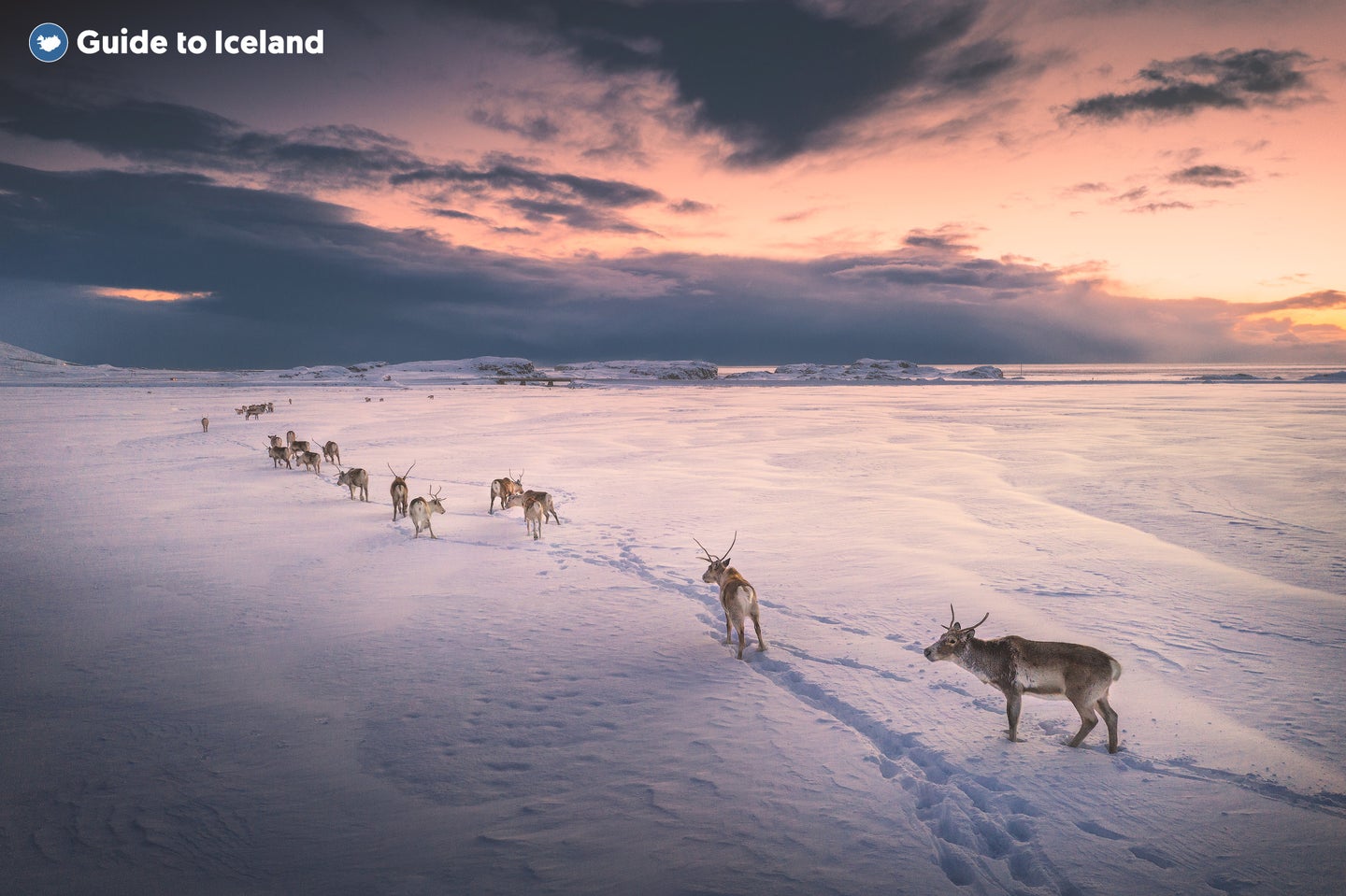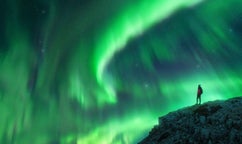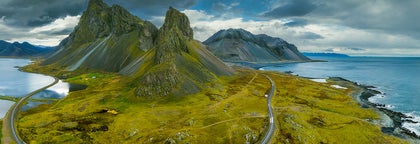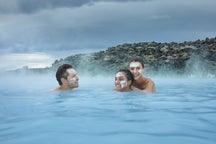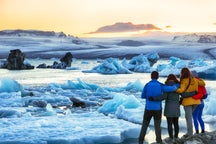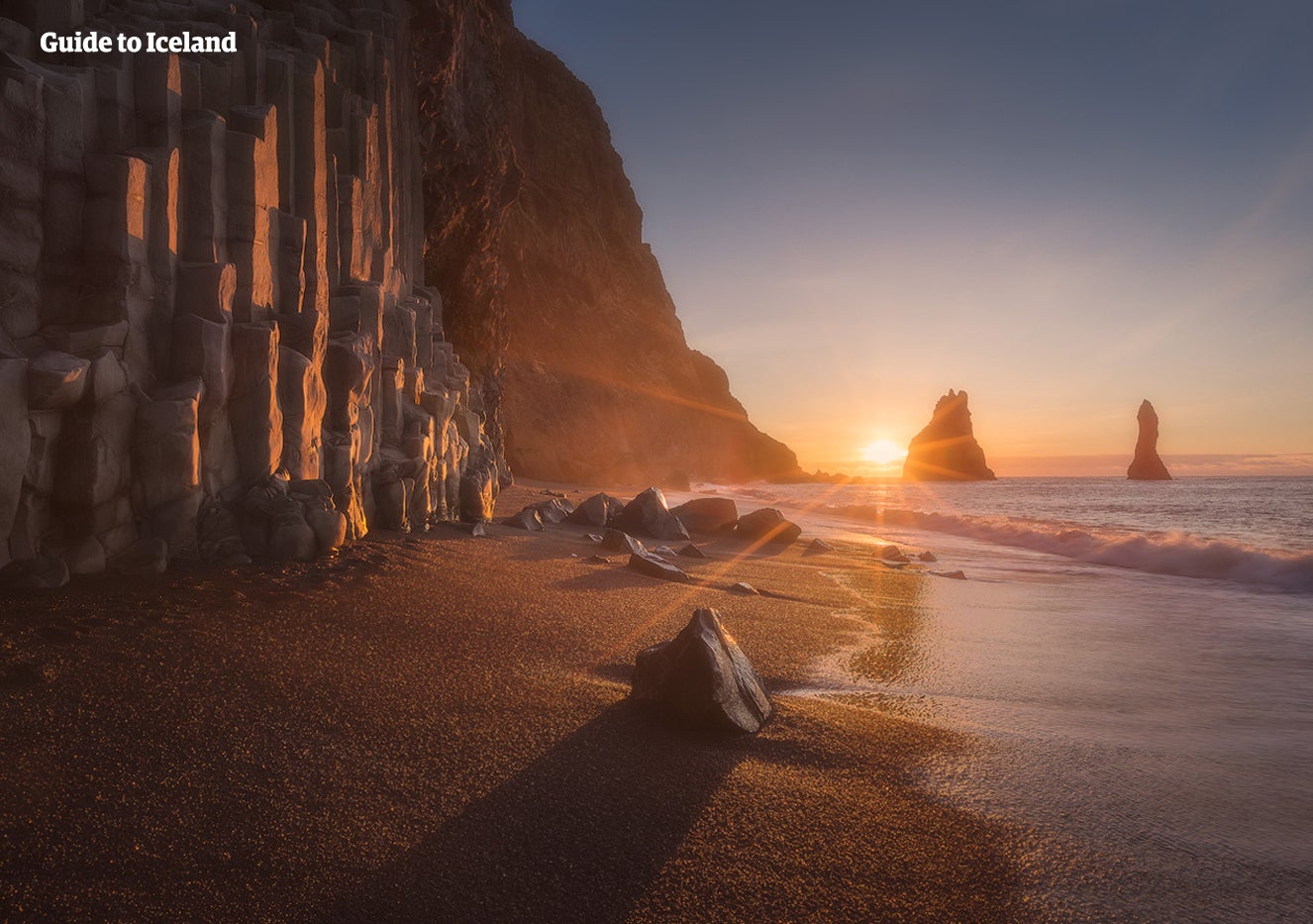
최고의 아이슬란드 ATV & 버기 투어
아이슬란드에서 가장 다양한 ATV 및 버기 투어 중에서 선택하세요. 아드레날린이 솟구치는 재미와 함께 장엄한 풍경을 탐험하세요.
특별한 체험 찾기
시작 위치 선택
날짜 선택
출발 일자종료일
여행자 추가
1명
ATV & 버기 투어
필터를 사용해 더 정확한 결과를 얻으세요
정렬: 인기 순
더 많은 것을 준비했어요
타의 추종을 불허하는 수많은 투어와 패키지 상품들을 살펴보세요
자주 묻는 말
최고의 아이슬란드 ATV 또는 버기 투어는 무엇인가요?
최고의 아이슬란드 ATV 또는 버기 투어는 남부 해안에서 DC 비행기 잔해로 향하는 스릴 넘치는 2시간 ATV 투어입니다. 20명 이상의 여행자로부터 5점 만점에 평점 4.8점을 받은 이 투어의 1인당 가격은 미화로 약 176달러입니다.
또 다른 인기 있는 아이슬란드 ATV 또는 버기 투어는 레이캬비크에서 출발하는 산악 ATV 투어입니다. 10명 이상으로부터 평점 5점을 받은 이 2시간짜리 투어의 가격은 약 147달러입니다.
마지막으로 소개해 드릴 인기 있는 ATV 또는 버기 투어는 레이캬비크에서 출발하는 백야 ATV 투어로, 10명 이상으로부터 평점 4.9점을 받은 이 여름철 투어의 가격은 약 184달러입니다.
아이슬란드에서 ATV나 버기 투어를 할 충분한 이유가 있나요?
물론입니다. ATV나 버기 투어는 아이슬란드가 선사하는 멋진 풍경을 감상하면서 스릴까지 즐길 수 있는 독특한 투어입니다. 빙하에서 화산암 지대까지, 다양한 지형을 가로지르며 짜릿하게 오프로드 주행을 즐겨 보세요. 그림 같은 풍경이 감탄을 자아내고, 아드레날린이 솟구치는 것이 느껴지실 거예요.
ATV나 버기 투어에 참여하실 때, 안전과 지속 가능성을 우선시하는 책임감 있는 투어 제공업체를 선택하시는 것이 중요합니다. 모험심이 강하고 예산과 여행 일정에 적합하기만 하다면, 아이슬란드 여행을 더욱 특별하게 만들 수 있는 ATV 또는 버기 투어를 적극 추천해 드립니다.
아이슬란드에서 가장 저렴한 ATV 또는 버기 투어는 무엇인가요?
아이슬란드에서 가장 저렴한 ATV 또는 버기 투어 중 하나는 베스트만나이야르의 짜릿한 ATV 화산 투어입니다. 이 투어의 1인당 가격은 미화로 약 102달러입니다.
아이슬란드의 또 다른 저렴한 ATV 또는 버기 투어는 골든 서클 근처의 농장을 둘러보는 가족 친화적인 투어입니다. 이 투어의 가격은 약 102달러입니다.
또는 검은 화산 해변에서 1시간 동안 진행되는 저렴한 ATV 투어도 있습니다. 이 독특한 투어의 가격은 약 110달러입니다.
아이슬란드에서 ATV 투어에 참여하려면 자동차 운전 면허증이 필요할까요?
네, 아이슬란드에서 ATV 투어에 참여하려면 유효한 한국운전면허증(영어 운전면허증도 가능)이 필요합니다. 투어 전에 유효한 운전면허증을 소지하고 있음을 명시하는 책임 양식에도 서명하셔야 하며, 버기 투어에도 동일한 규칙이 적용됩니다.
운전면허증이 없는 경우에는 동승자로 탑승할 수 있습니다. 이 경우 숙련된 가이드나 투어에 참여하는 다른 여행자가 운전하는 동안 ATV나 버기 뒷좌석에 앉아 투어를 즐길 수 있습니다.
아이슬란드에서 ATV 투어에 참여하려면 오토바이 면허증이 필요할까요?
아닙니다. 아이슬란드 ATV 투어에 참여하려면 일반 운전 면허증이 있어야 하며, 임시 운전 면허증과 오토바이 또는 트랙터 면허증만으로는 이 투어에 참여할 수 없습니다.
ATV는 바퀴가 네 개이기 때문에 오토바이를 타는 것과 같은 기술은 필요하지 않아요. 자격을 갖춘 투어 제공업체가 제공하는 투어를 선택하시고 유효한 운전 면허증만 있다면 이 투어에 참여하는데 큰 문제는 없습니다.
스쿠터 운전 면허증이 있으면 ATV 투어 참여가 가능할까요?
아니요, 아이슬란드에서 ATV 투어에 참여하려면 유효한 운전 면허증이 필요합니다. ATV 투어는 매우 안전하고 항상 숙련된 가이드가 동행하지만, 안전이 최우선이며 스쿠터 면허는 인정되지 않습니다.
ATV와 버기 투어에 참가 가능한 최소 연령은 몇세인가요?
만 6세 미만의 어린이는 대부분의 ATV 및 버기 투어에 동승자로 참여할 수 있습니다. 또한, 투어 제공업체에 문의하셔서 연령 제한을 확인하실 수 있습니다.
ATV와 버기 투어는 초보자에게 적합한가요?
예, 아이슬란드의 ATV와 버기 투어는 다양한 경험 수준의 여행자들에게 모두 적합합니다. 가이드가 투어 전에 주의사항과 안전 교육을 제공해 드리므로, 초보자도 쉽게 이용할 수 있는 투어예요.
아이슬란드에서 ATV와 버기 투어를 즐길 수 있는 인기 있는 여행지는 어디인가요?
레이캬네스(Reykjanes) 반도, 골든 서클, 남부 해안, 레이캬비크(Reykjavik) 인근의 화산암 지대 등이 ATV와 버기 투어를 위한 인기 여행지들입니다. 예를 들어, 레이캬비크에서 출발하는 1시간 ATV 투어는 레이캬네스 반도에 중점을 두고 진행됩니다.
하지만 전국적으로 ATV와 버기 투어를 즐길 수 있는 다양한 장소들이 있으며, 각 목적지마다 독특한 경험을 선사할 거예요.
이 투어에서는 어떤 지형을 지나게 되나요?
ATV와 버기 투어를 통해 용암지대, 산악지대, 외딴 야생지대 등 다양한 지형을 가로지르게 될 거예요. 투어의 유형과 투어가 진행되는 장소에 따라 구체적인 지형은 달라질 수 있습니다.
아이슬란드에서 ATV 또는 버기 투어를 하기에 가장 좋은 시기는 언제인가요?
이 투어에 가장 적합한 시기는 취향에 따라 달라집니다. 여름에는 낮 시간이 길어 늦은 시간까지 야외 활동을 즐길 수 있으며, 겨울에는 눈 덮인 독특한 풍경을 감상할 수 있습니다. 투어 가능 여부 또한 계절에 따라 달라질 수 있다는 점에 유의하세요.
투어 도중에 사진을 찍기 위해 잠시 멈춰서는 때가 있나요?
네, 투어에 동행하는 가이드가 사진 찍기 좋은 장소 몇 군데에서 잠시 정차할 수 있도록 안내해 드릴 것이며, ATV 또는 버기에 탄 멋진 모습을 사진으로 남겨 드립니다.
해변에서 ATV를 타는 모습을 본적이 있는데요, 아이슬란드에서 오프로드 주행은 불법이지 않나요?
네, 도로가 아닌 곳에 운전하는 오프로드 주행은 불법이므로, ATV와 버기 투어는 해변 옆 모래사장이나 사유지 등 투어 제공업체가 오프로드 주행에 대한 면허 또는 허가를 취득한 지역에서만 진행됩니다.
어떤 장비가 제공되나요? ATV와 버기 투어에 필요한 준비물은 무엇인가요?
아이슬란드에서 ATV 또는 버기 투어에 참여하시면 따뜻한 작업복, 발라클라바, 헬멧, 장갑 등이 제공됩니다. 따뜻한 옷과 좋은 신발을 챙기는 것을 잊지 마세요.
ATV와 버기 투어 중에 어떤 게 더 재미있나요?
개인의 취향과 선호도에 따라 답이 달라지는데요. 버기가 다소 크고 밀폐되어 있는 반면, ATV는 더 작고 외부 환경에 개방되어 있습니다. 예를 들어, ATV는 운전자의 몸이 전방의 운전대 쪽으로 기울어지며, 버기는 앉은 자세에서 투어를 즐길 수 있다는 차이점이 있습니다.
아이슬란드 남부 해안에 있는 DC 비행기 잔해까지 ATV 또는 버기 투어를 할 수 있나요?
네, 아이슬란드 남부 해안의 그림 같은 DC 비행기 잔해를 다양한 ATV 및 버기 투어를 통해 방문하실 수 있습니다. 2시간 동안 진행되는 남부 해안에서의 스릴 넘치는 ATV 투어는 미화로 약 200달러 미만으로 즐길 수 있으며, 남부 해안 폭포 및 ATV 투어도 추천해 드립니다. 이 투어에는 레이캬비크에서의 픽업이 포함되어 있어요.
레이캬비크에서 출발하는 ATV 투어가 있나요?
예, 레이캬비크에서 시작하는 ATV 투어가 다수 있습니다. 환상적인 2시간 ATV 투어가 그 좋은 예인데요. 이 투어에 참여하시면 레이캬비크에서의 픽업을 시작으로 도시 주변 지역을 탐험하며, 모험과 사진 촬영을 위한 충분한 시간도 주어집니다.
ATV 또는 버기 투어를 아이슬란드의 다른 액티비티나 관광과 결합할 수 있나요?
예, 많은 투어 제공업체에서 ATV 또는 버기 투어와 하이킹, 자연 명소 방문 또는 지열 온천 방문과 같은 다른 액티비티를 결합한 패키지를 제공하여 아이슬란드가 선사하는 다양한 경험을 고루 즐길 수 있도록 합니다.
레이캬비크에서 출발하는 ATV와 고래 관찰 투어와 골든 서클과 ATV 투어를 결합한 투어 등이 그 좋은 예인데요. 이러한 투어를 통해 아이슬란드 여행을 더욱 특별하게 만드실 수 있습니다.
ATV 또는 버기 투어를 미리 예약해야 하나요?
특히 아이슬란드의 관광 성수기에는 미리 투어를 예약해야 예약 가능 여부를 보장할 수 있습니다. 인기 있는 투어는 금방 마감될 수 있으니까요.

아이슬란드 최대 규모의 여행 앱 설치
아이슬란드 최대의 여행 마켓플레이스를 전화에 다운로드하여 전체 여행을 한 곳에서 관리하세요
전화 카메라로 이 QR 코드를 스캔하고 표시되는 링크를 누르면 아이슬란드 최대의 여행 마켓플레이스를 주머니에 넣을 수 있답니다. 다운로드 링크가 포함된 SMS 또는 이메일을 받으려면 전화번호 또는 이메일 주소를 추가하세요.






















